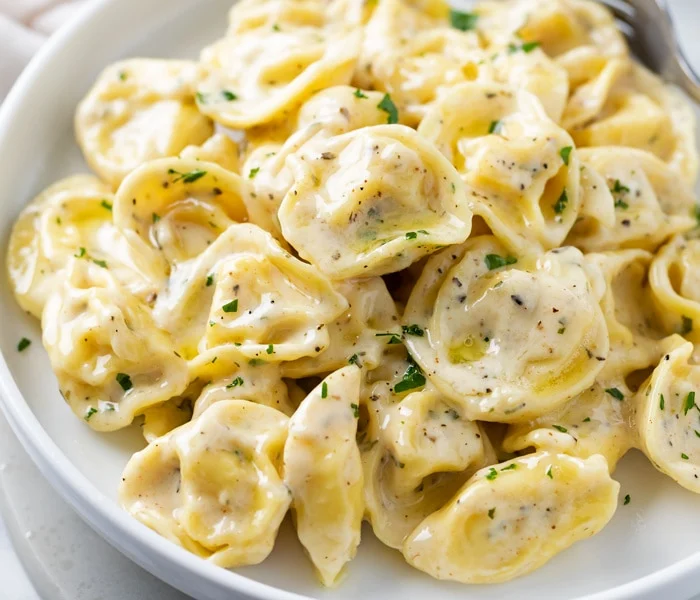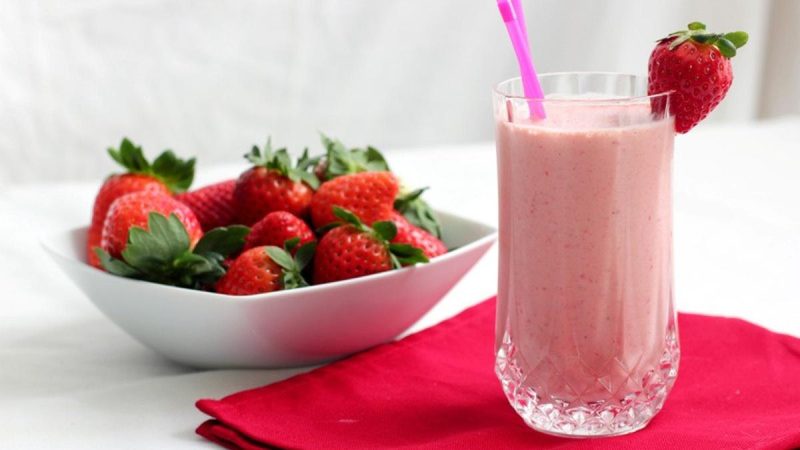Tortellini, a small, ring-shaped pasta, is a testament to Italian culinary artistry. Known for its rich fillings and delightful texture, tortellini has become a beloved dish worldwide. This article delves into the history, preparation techniques, varieties, and the global appeal of tortellini, showcasing why it remains a symbol of gourmet adventure and culinary excellence.
The History of Tortellini: A Culinary Legacy
Contents
- 1 The History of Tortellini: A Culinary Legacy
- 2 The Art of Making Tortellini: Techniques and Tips
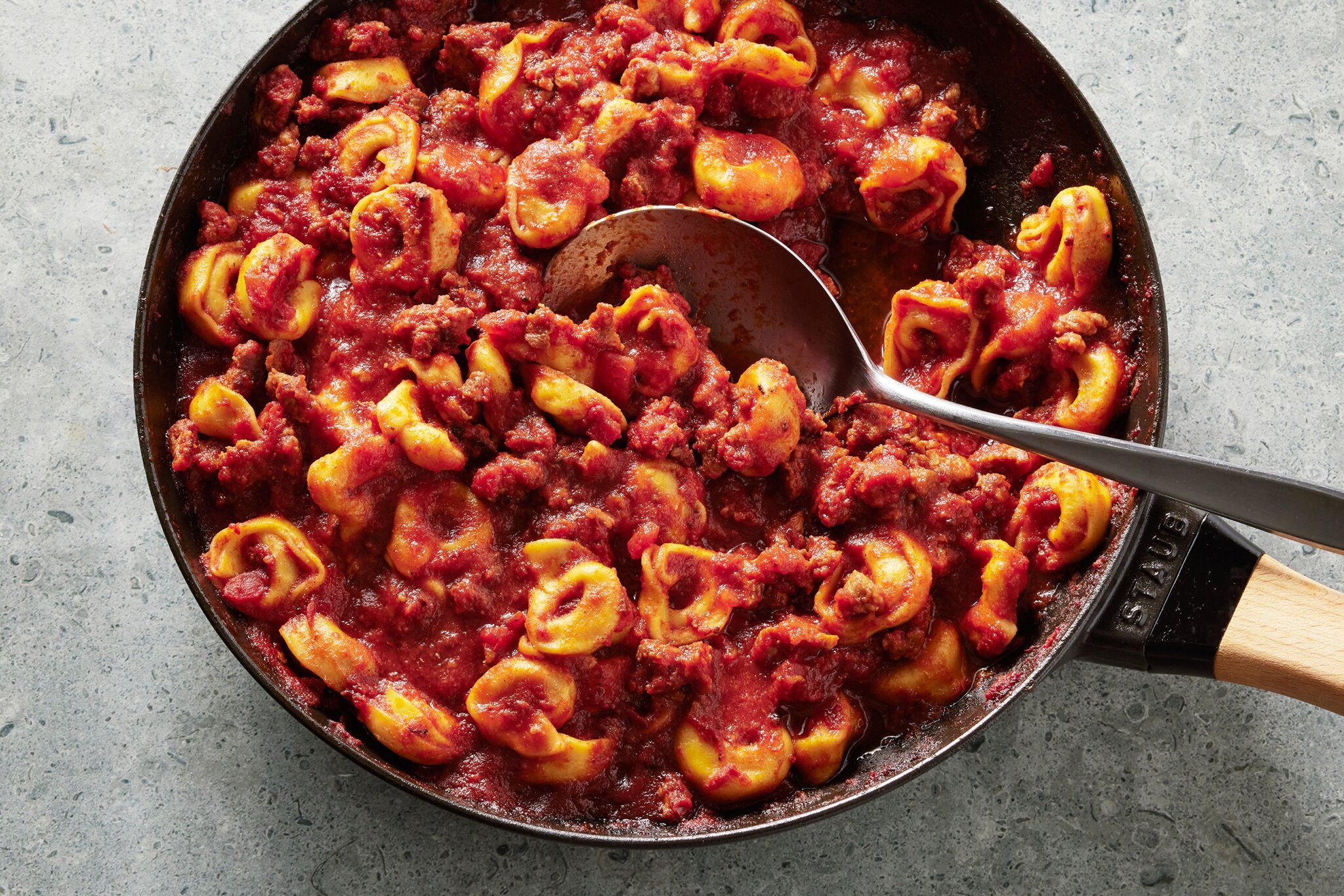
The origins of tortellini are steeped in legend and tradition, dating back to the Emilia-Romagna region of Italy, particularly in the cities of Bologna and Modena. According to one popular legend, tortellini was inspired by the navel of Venus, the goddess of love, after an innkeeper in Bologna caught a glimpse of her through a keyhole. This whimsical tale underscores the affection Italians have for their culinary creations.
Historically, tortellini was a festive dish, often prepared for special occasions and holidays. The first written recipes for tortellini appeared in the 16th century, and since then, it has become a staple in Italian cuisine. Tortellini is traditionally served in broth (tortellini in brodo) but can also be enjoyed with a variety of sauces.
The Art of Making Tortellini: Techniques and Tips
Crafting tortellini is an art that requires precision and patience. While it may seem challenging, making tortellini at home can be a rewarding experience. Here’s a guide to perfecting this gourmet pasta.
Key Ingredients and Preparation Steps
- Dough Preparation: The dough for tortellini is made from a simple mixture of flour and eggs. The dough is kneaded until smooth and elastic, then wrapped in plastic and allowed to rest for about 30 minutes.
- Rolling the Dough: The dough is rolled out thinly using a pasta machine or rolling pin. The goal is to achieve a thin, even sheet of pasta that is sturdy enough to hold the filling without breaking.
- Filling: Traditional tortellini fillings include a mixture of meats (such as pork, prosciutto, and mortadella) and cheese (typically Parmesan or ricotta). The filling should be finely ground and well-seasoned.
- Forming the Tortellini: The dough is cut into small squares, and a small amount of filling is placed in the center of each square. The squares are then folded into triangles, and the ends are wrapped around the finger to form a ring, creating the characteristic tortellini shape.
- Cooking: Tortellini is cooked in boiling salted water until they float to the surface, usually about 2-3 minutes. They can then be served in broth or with a sauce of choice.
Varieties of Tortellini: Exploring Different Flavors
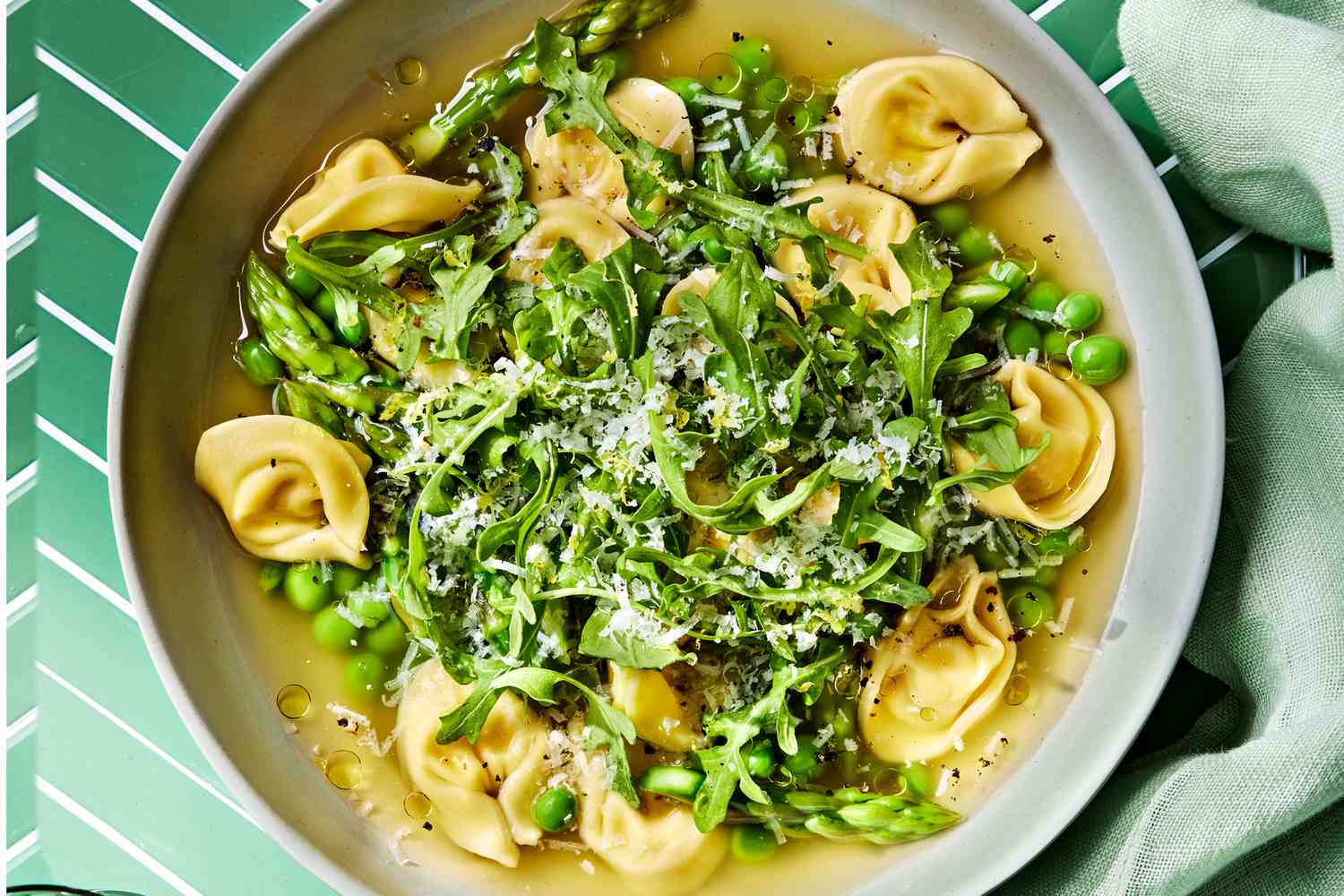
One of the joys of tortellini is the endless variety of fillings and sauces that can be used. Here are some classic and contemporary variations.
Classic Tortellini Varieties
- Tortellini in Brodo: This traditional preparation features tortellini served in a rich, clear broth. It’s a comforting and elegant dish, often enjoyed during festive occasions.
- Tortellini alla Panna: Tortellini in a creamy Parmesan sauce, sometimes with a touch of nutmeg, is a decadent and satisfying option.
- Tortellini with Meat Sauce: A hearty meat sauce made with beef, pork, or veal pairs beautifully with the delicate pasta, creating a robust and flavorful dish.
Contemporary Twists on Tortellini
- Spinach and Ricotta Tortellini: A vegetarian option that combines the earthy flavors of spinach with the creaminess of ricotta, often served with a simple tomato or butter sage sauce.
- Seafood Tortellini: Filled with a mixture of seafood such as shrimp, crab, and scallops, this variation is usually accompanied by a light lemon and herb sauce.
- Pumpkin Tortellini: Perfect for autumn, this filling combines roasted pumpkin with sage and Parmesan, often served with a brown butter sauce.
The Elegance of Tortellini: A Dish for Every Occasion
Tortellini’s versatility and elegance make it suitable for various occasions, from casual family dinners to sophisticated gatherings.
Tortellini in Fine Dining
In fine dining establishments, tortellini is often presented as a culinary masterpiece. Chefs use high-quality ingredients and creative techniques to produce visually stunning and flavorful dishes. Ingredients like truffles, lobster, and exotic mushrooms can transform a simple plate of tortellini into a gourmet experience.
Tortellini at Home: Comfort and Creativity
Despite its association with fine dining, tortellini is also a comforting dish that can be made at home. Homemade tortellini allows for endless creativity, as cooks can experiment with different fillings and sauces. It’s a dish that brings families together, both in the kitchen and at the dining table.
Pairing Tortellini: Complementing Flavors
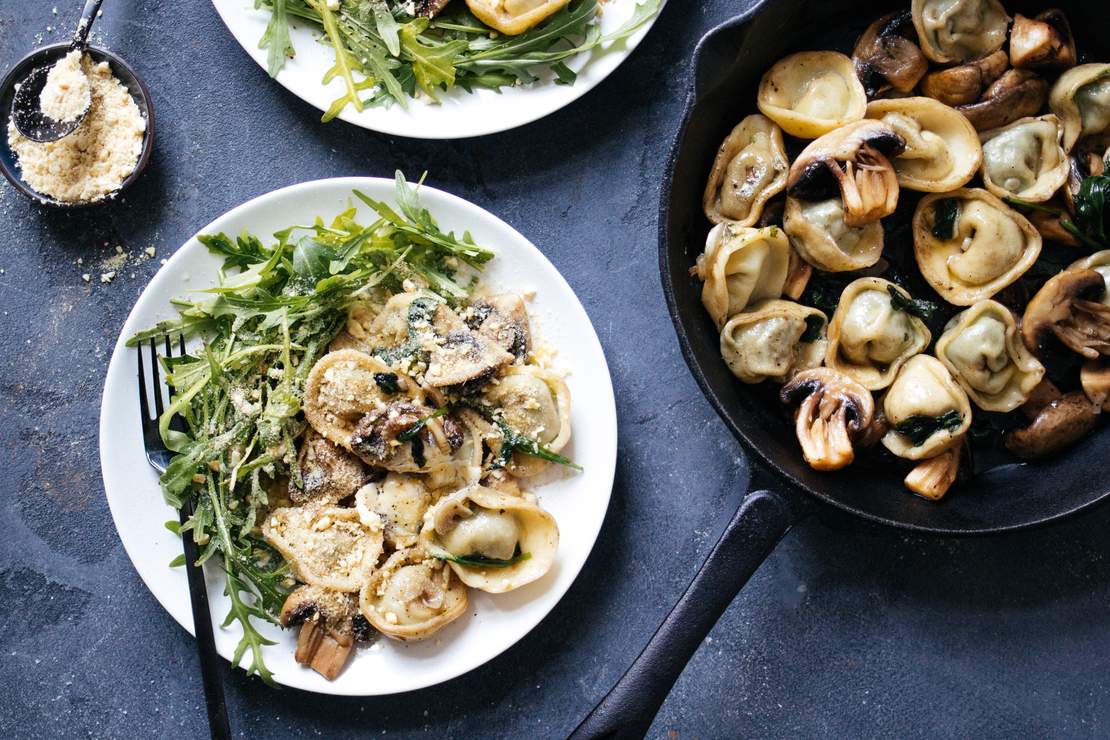
Pairing tortellini with the right beverages and side dishes enhances the overall dining experience. Here are some suggestions:
Wine Pairings
- White Wines: Light, crisp white wines like Pinot Grigio or Chardonnay complement the delicate flavors of cheese or seafood tortellini.
- Red Wines: Heavier meat-filled tortellini pairs well with medium-bodied red wines like Sangiovese or Chianti.
Side Dishes
- Salads: A fresh, crisp salad with a light vinaigrette can balance the richness of tortellini, providing a refreshing contrast.
- Bread: Crusty Italian bread is perfect for soaking up any leftover sauce, making it a perfect accompaniment to tortellini.
- Vegetables: Roasted or steamed vegetables add color, texture, and additional flavors to the meal.
Tortellini: A Global Phenomenon
While tortellini is quintessentially Italian, it has been embraced worldwide, with each culture adding its unique touch.
Tortellini in Modern Cuisine
In contemporary cuisine, tortellini has been adapted to suit various dietary preferences. Gluten-free and vegan tortellini options are now widely available, ensuring everyone can enjoy this classic dish.
Cultural Fusion
Fusion cuisine has given rise to innovative tortellini dishes that blend flavors from different culinary traditions. For example, an Asian-inspired tortellini might feature fillings like pork and ginger, while a Mexican twist could include ingredients like black beans and corn.
Conclusion: Tortellini’s Timeless Appeal
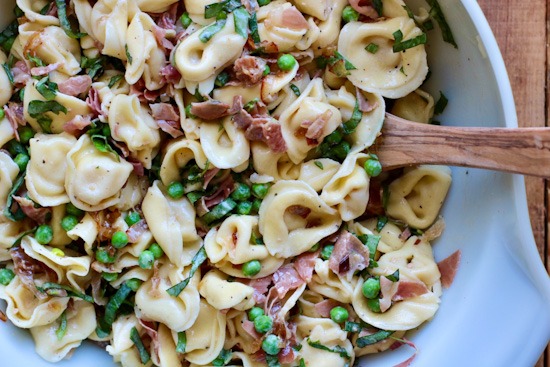
Tortellini remains a beloved dish for many reasons. Its versatility, ability to adapt to various flavors and ingredients, and its elegance make it a favorite in both home kitchens and fine dining establishments. The process of making tortellini, though requiring time and effort, is a rewarding experience that results in a truly delightful gourmet dish. Whether enjoyed as a jpslot comforting homemade meal or a sophisticated restaurant offering, tortellini’s charm and culinary excellence continue to captivate food lovers around the world.
In conclusion, tortellini is more than just a dish; it is a testament to the beauty of culinary creativity and tradition. Its enduring appeal lies in its ability to bring joy and satisfaction with every bite. So, the next time you savor a plate of tortellini, take a moment to appreciate the craftsmanship and passion that go into creating this delightful journey of rich flavor and culinary excellence.

